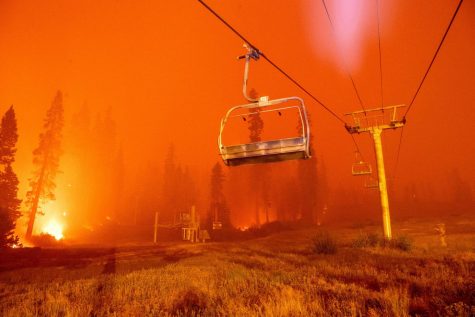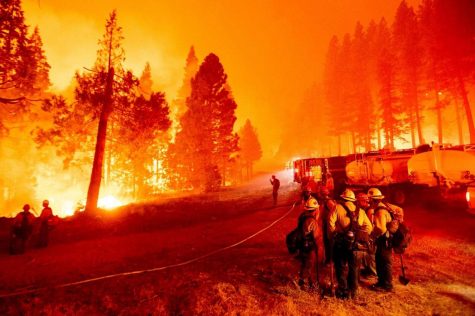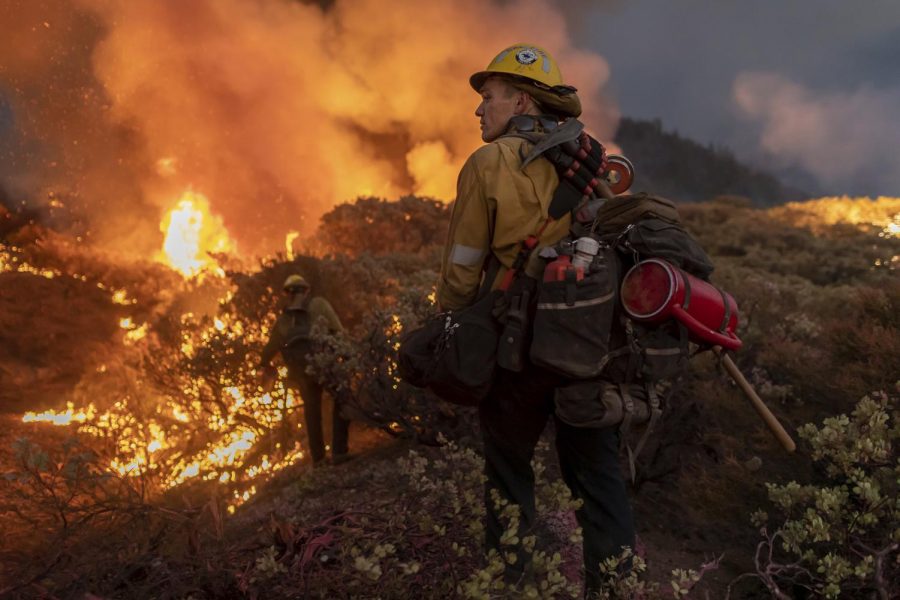Caldor Fire
October 12, 2021
Starting on 14 August 2021, the Caldor Fire has been actively burning across the eastern border of California. The fire initially burned small, but exploded in size two days later as the winds started to pick up. Thankfully, zero deaths have been reported so far, but more than 920 buildings have been destroyed—about 712 residences and 210 commercial buildings. Fire officials have issued the evacuations of more than 40,000 people in El Dorado and Alpine counties and that number continues to grow as the fire is starting to blaze towards South Lake Tahoe. As of 2 October 2021, the Caldor Fire has burned almost 221,775 acres and is 91% contained, suggesting a continuous burn through October.

Initial conflict arose when the fire was given little attention to by authorities and officials when the blaze was still small. There was a heavier focus on a larger fire, called the Dixie Fire, which was simultaneously burning 100 miles to the north. In comparison to the Caldor Fire’s 240 firefighters, about 6,550 firefighters were dispatched to battle the Dixie Fire in the first few days. As per Cal Fire Chief Thom Porter, fire personnel and resources were transported as needed and “shared among the incidents”.

The California wildfire season has come to an early and grueling start with the Caldor Fire. The fire is actually one of twelve raging across California. Scientists say that climate change, which has made the west dramatically warmer and dry, will cause the frequency and harsher destructiveness of wildfires. More than 15,000 firefighters have contributed to battle the fires, including crews from Washington, Utah, West Virginia, and Wisconsin. Crews from Louisiana in specific had to return to their state due to Hurricane Ida, another catastrophic incident that relies on resource support and availability.



